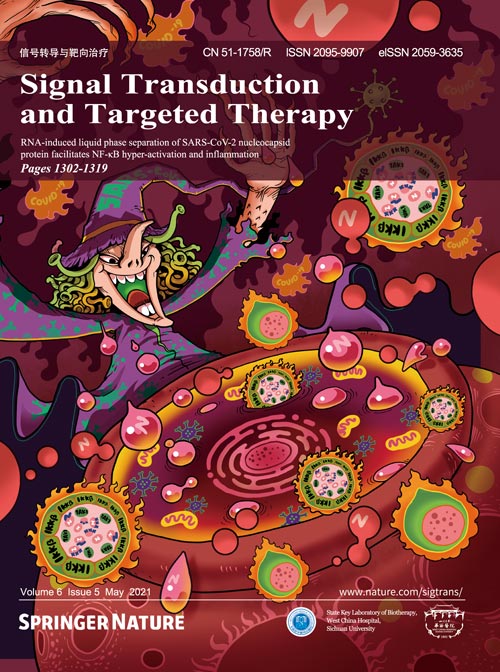Volume 6 Issue 5, May 2021:
Article
Nucleoside reverse transcriptase inhibitors and Kamuvudines inhibit amyloid-β induced retinal pigmented epithelium degeneration
Siddharth Narendran,Felipe Pereira
ORCID: orcid.org/0000-0001-8884-2816,Praveen Yerramothu,Ivana Apicella,Shao-bin Wang,Kameshwari Ambati,Shuichiro Hirahara,Younghee Kim,Meenakshi Ambati,Vidya L. Ambati,Peirong Huang,Akhil Varshney,Yosuke Nagasaka,Shinichi Fukuda,Kirstie L. Baker,Kenneth M. Marion
ORCID: orcid.org/0000-0003-1275-5729,Jan M. Deussing,Srinivas R. Sadda,Bradley D. Gelfand &…Jayakrishna Ambati
Nonfibrillar amyloid-β oligomers (AβOs) are a major component of drusen, the sub-retinal pigmented epithelium (RPE) extracellular deposits characteristic of age-related macular degeneration (AMD), a common cause of global blindness. We report that AβOs induce RPE degeneration, a clinical hallmark of geographic atrophy (GA), a vision-threatening late stage of AMD that is currently untreatable. We demonstrate that AβOs induce activation of the NLRP3 inflammasome in the mouse RPE in vivo and that RPE expression of the purinergic ATP receptor P2RX7, an upstream mediator of NLRP3 inflammasome activation, is required for AβO-induced RPE degeneration. Two classes of small molecule inflammasome inhibitors—nucleoside reverse transcriptase inhibitors (NRTIs) and their antiretrovirally inert modified analog Kamuvudines—both inhibit AβOs-induced RPE degeneration. These findings crystallize the importance of P2RX7 and NLRP3 in a disease-relevant model of AMD and identify inflammasome inhibitors as potential treatments for GA.
